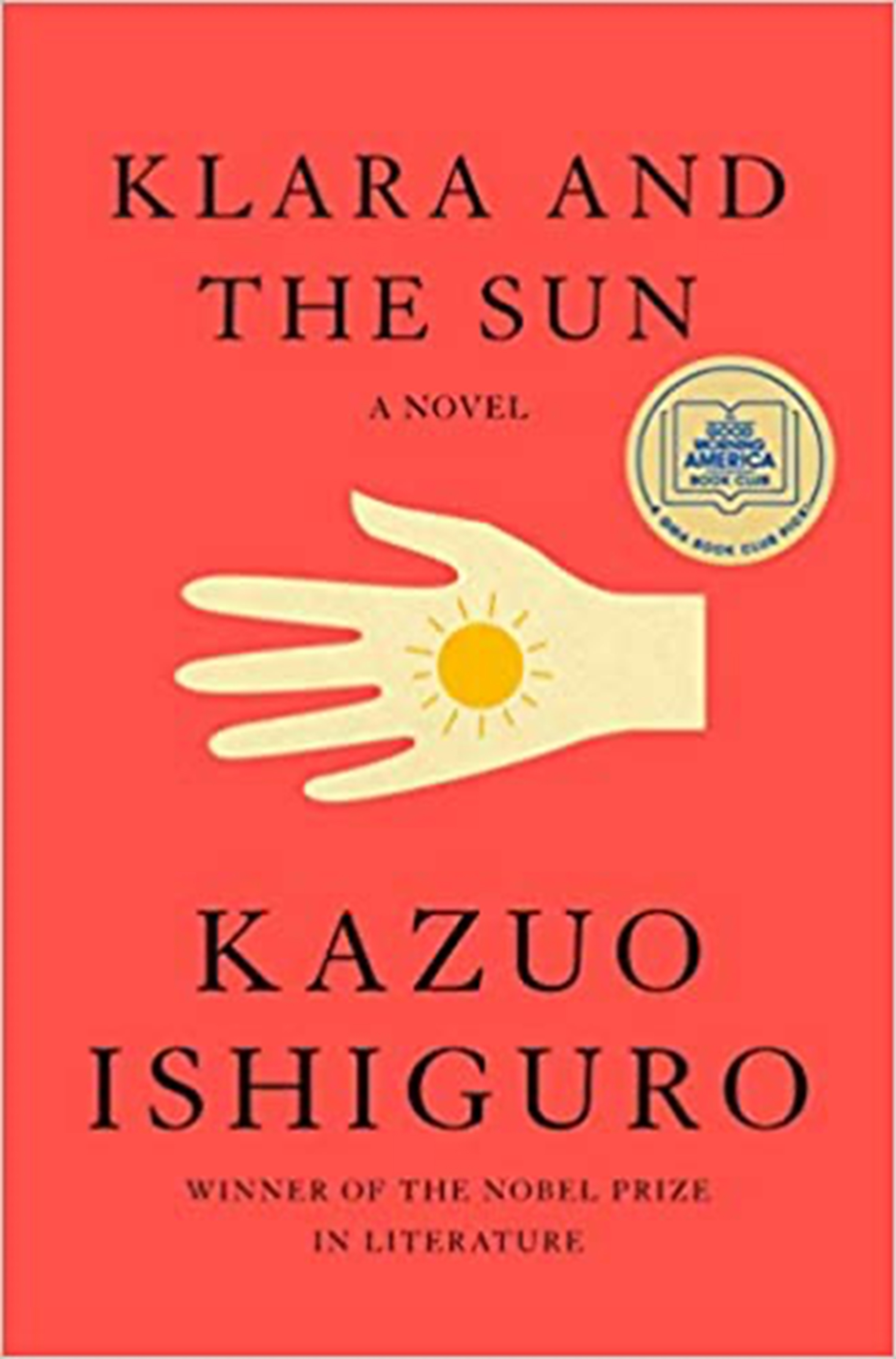First, a disclosure: I have never been fond of Ishiguro. A lifetime of teaching and correcting has made me wary of the good student—the one who writes impeccable but boring papers, the one you are tempted to give ‘A’ without reading but force yourself to read to the bitter end because you are that kind of teacher, that kind of reader. Such a student never takes risks, never fails spectacularly, never stumbles or stutters, and never gives you exciting new insights. As a teacher handing out ‘A’s you have to do the work—find out different ways of justifying the grade rather than commenting ‘boring as usual but well done’! Klara and the Sun is par for the Ishiguro course.
Klara and the Sun is about an AF (Artificial Friend) Klara and her faith in the Sun (justifiable because these AFs are solar charged). Artificial Friends are robots programmed to be friends to young children till they become adults and leave for college. This is a world of elite children who have undergone genetic modification (been ‘lifted’), such modifications going wrong at times. This is a society where the elite genetically modified children (and indeed others) live lonely lives and have online tutoring till they leave for college education (reflecting our pandemic lives). Thus, the children must have interactive sessions where they learn for themselves how to socialize, how to interact with others their age. Those who have not been genetically modified do not have easy access to their elite world, indeed to higher education.

